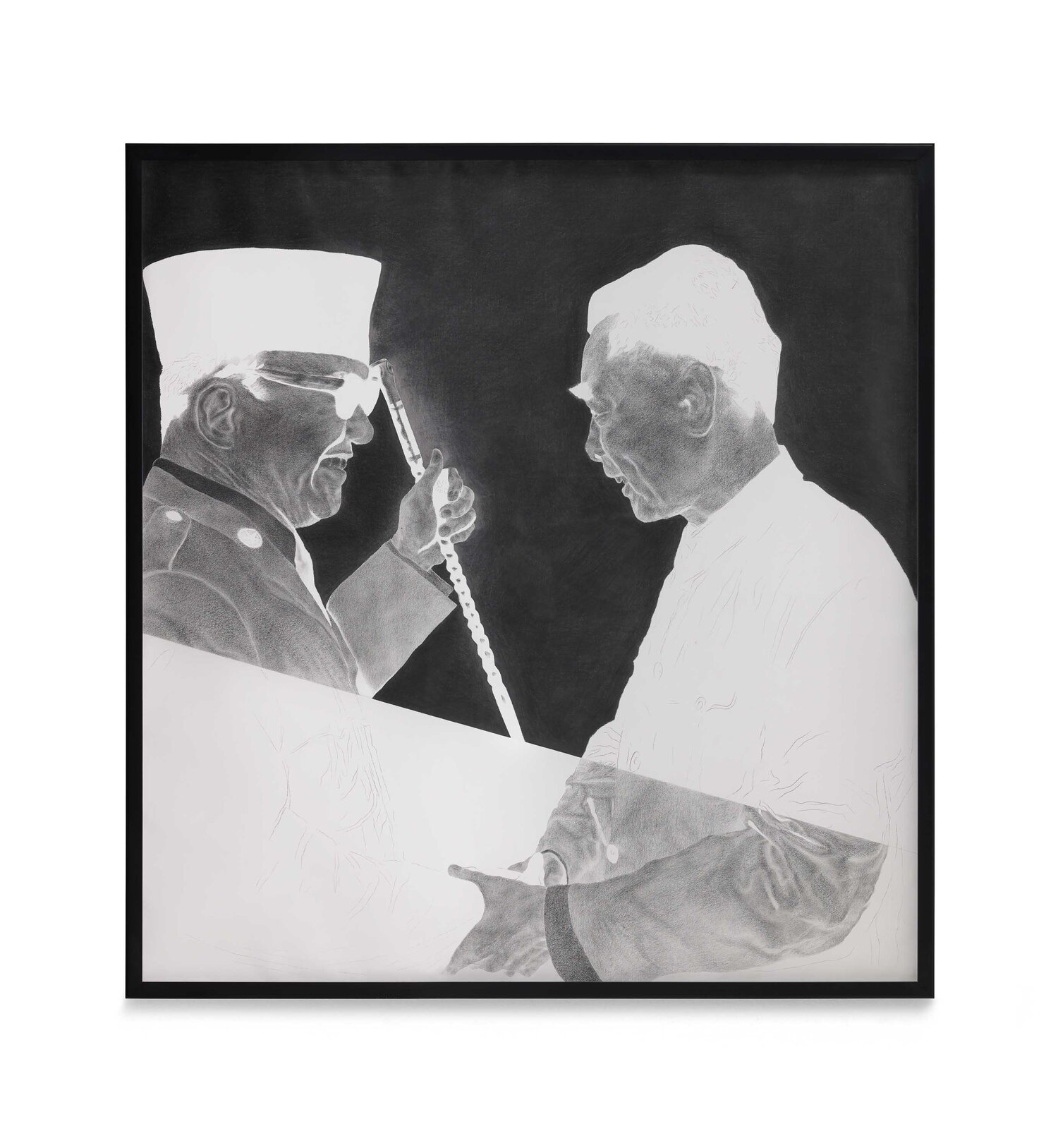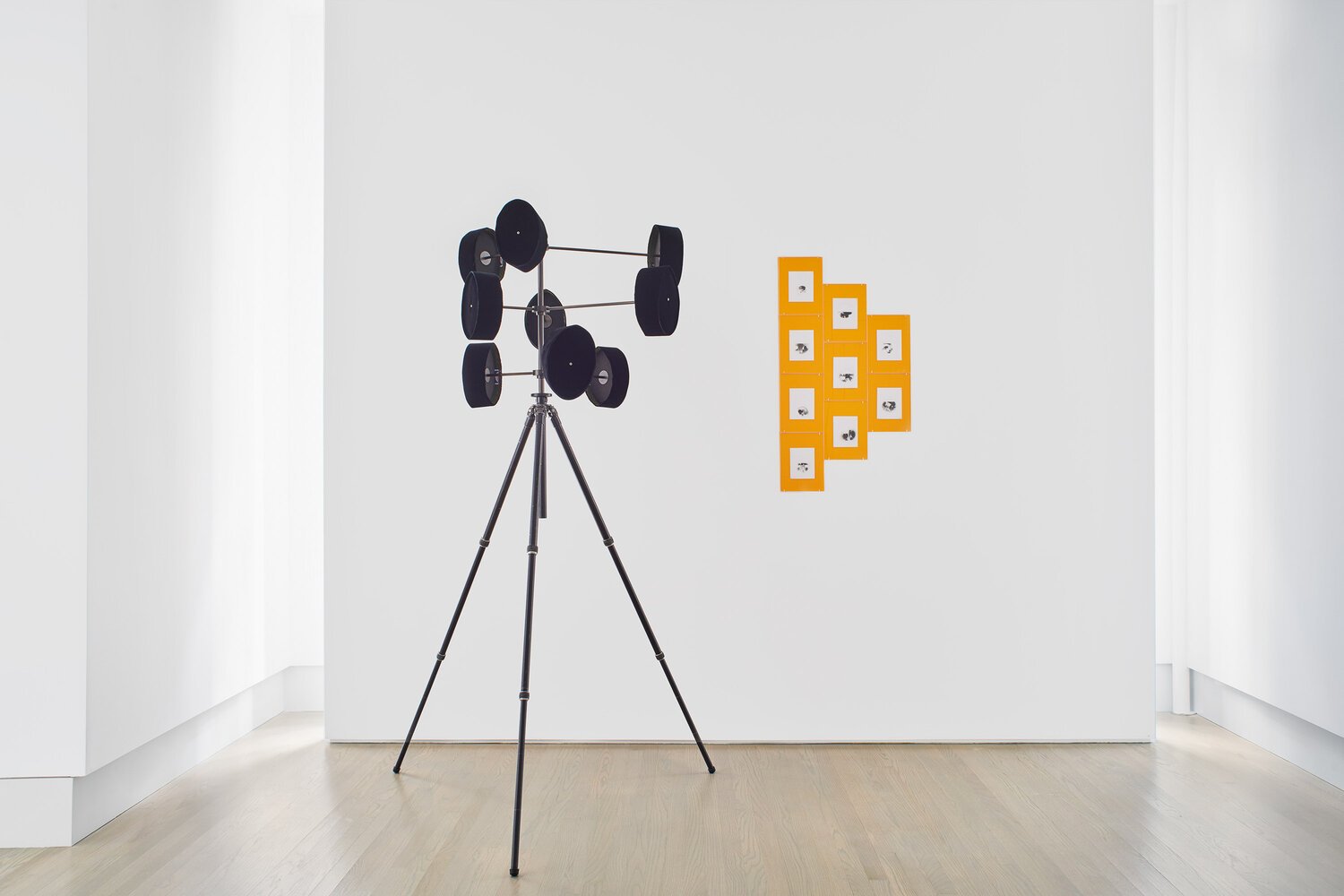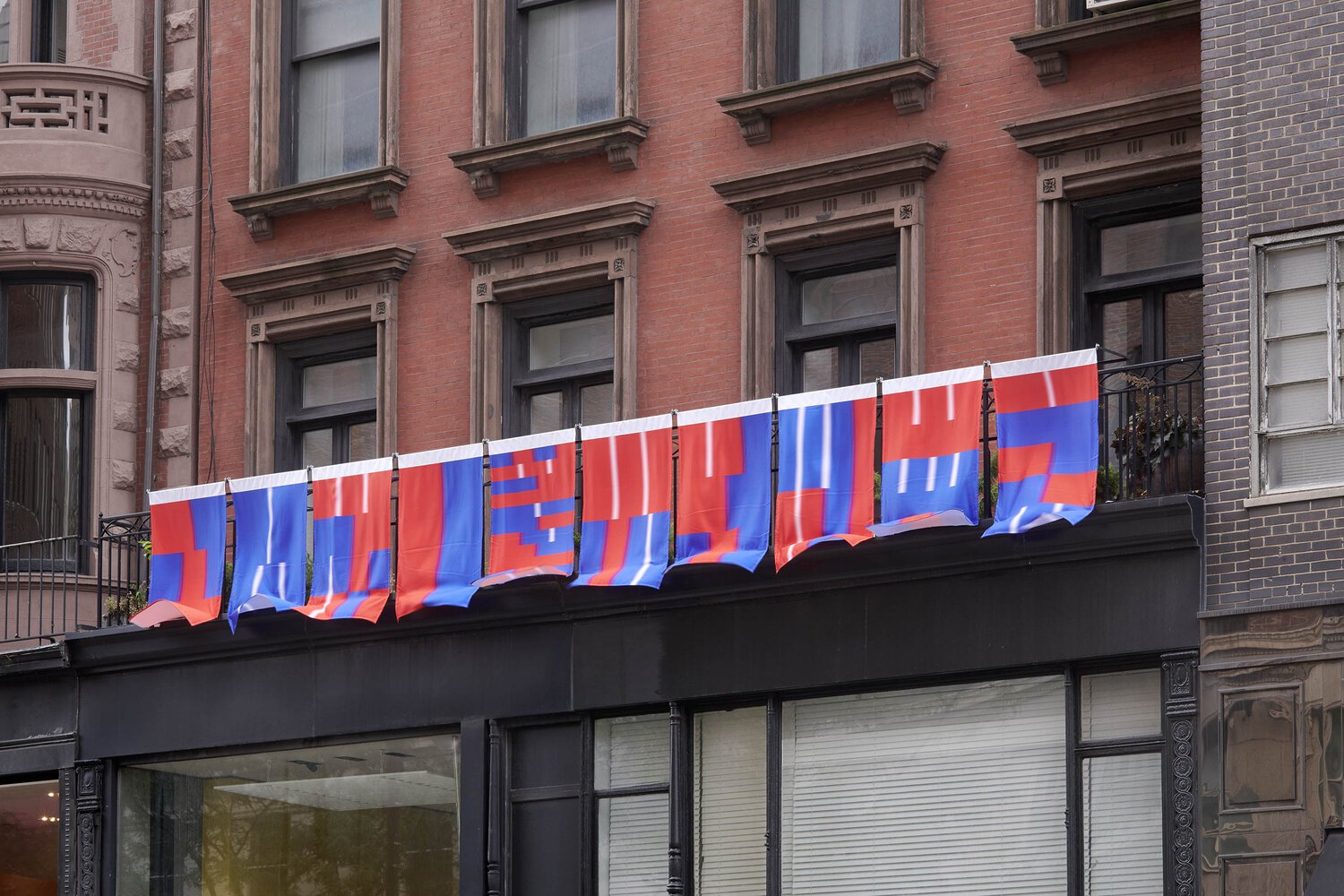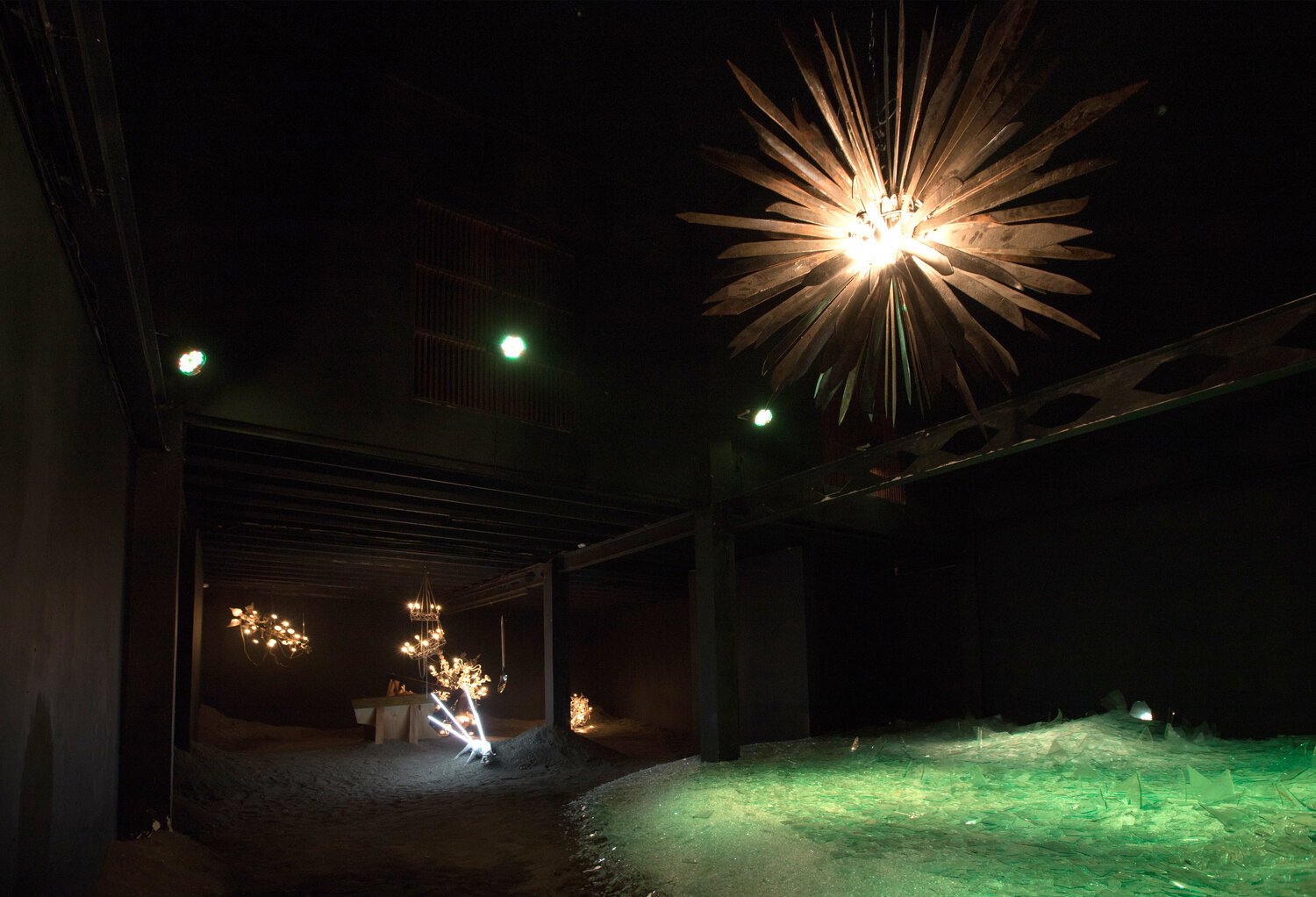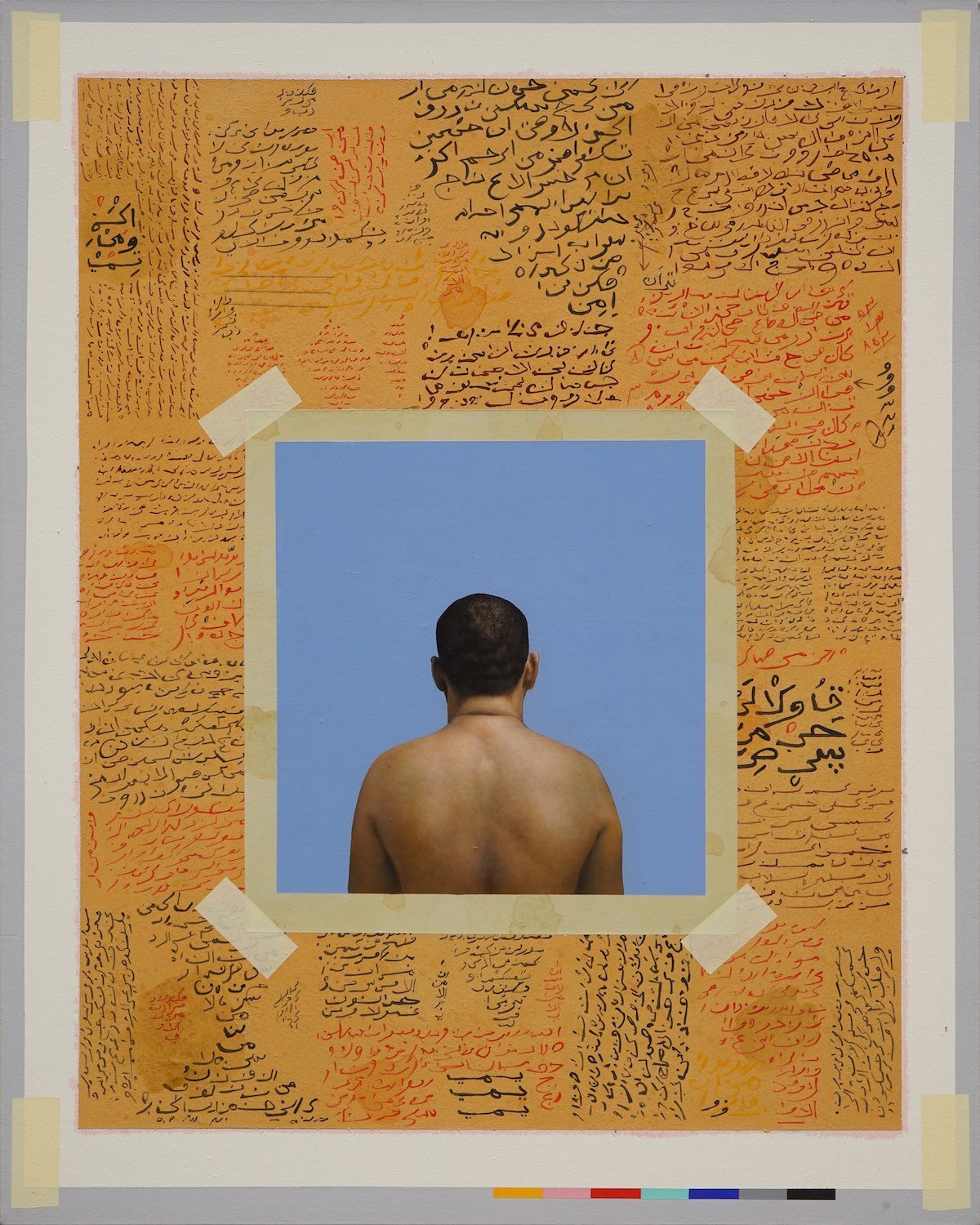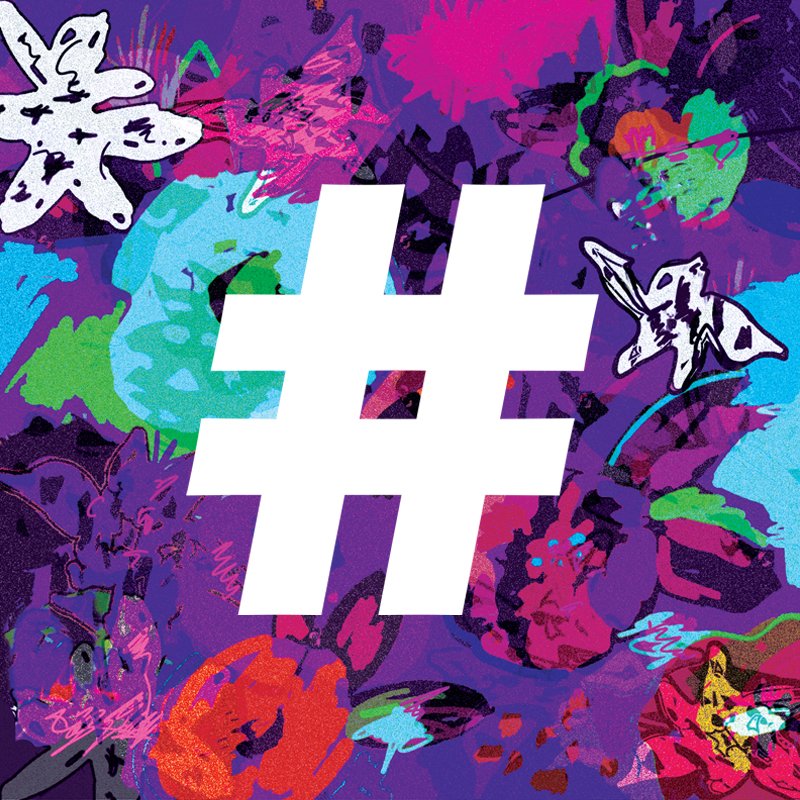Boedi Widjaja’s 'Declaration of' at Helwaser Gallery
New direction for veteran dealers in the bluechip secondary market
By Ian Tee
Boedi Widjaja, '等著你回來 (Waiting for you)', 2016, graphite on paper, 154 x 145.1cm. Commissioned for the Yinchuan Biennale, 2016. Image courtesy of Helwaser Gallery. © Boedi Widjaja. Photograph by Cher Him Chua.
Helwaser Gallery presents 'Declaration of', Singapore-based artist Boedi Widjaja's first solo exhibition in New York City. It features a selection of works from the artist's 'Imaginary Homeland' series (2015-ongoing), which take the form of drawings, photographs and installations. They examine Indonesia's national history during the Cold War through mass media images of founding leaders Sukarno and Suharto. For Widjaja, who left Indonesia at the age of nine to escape heightening ethnic tensions, perception of his former homeland is informed by these photographs and his imagination.
A sense of displacement is reflected in the way Widjaja has treated these archival pictures, which moves them further from their original source. This is done in a variety of methods: reproducing them as drawings, reverting them into negatives, or reprocessing them with analogy photography techniques. Works in the ‘Imaginary Homeland’ series are also titled after lyrics from popular Mandarin songs from the 1990s, an era noted for a genre of heartbreak love songs by the "Four Heavenly Kings" (Jacky Cheung, Andy Lau, Aaron Kwok and Leon Lai). '等著你回來 (Waiting for you)' is a negative drawing on paper depicting the historic meeting between President Sukarno and the People's Republic of China's first Premier Zhou Enlai in 1955. It is an example of Sukarno's diplomatic manoeuvres around the Cold War power blocs.
Boedi Widjaja, '九百九十九朵玫瑰 (Nine Hundred and Ninety-Nine Roses)', 2019, 9 pinhole photos, brass, foam, tripod stand, peci, dimensions variable. Exhibition installation view. Image courtesy of Helwaser Gallery. © Boedi Widjaja. Photography by Phoebe d'Heurle.
Widjaja's newest work, '九百九十九朵玫瑰 (Nine Hundred and Ninety-Nine Roses)', is an installation comprising nine black pecis mounted atop a multi-directional tripod. The peci is a headdress commonly worn by Muslim men across Southeast Asia, which became a symbol of Indonesian national identity after it was popularised by Sukarno. In this work, the peci functions as both a signifier of nationhood and an image producer. Widjaja modified the headdresses into a pinhole camera to produce nine photographs of Sukarno's diplomatic meetings, that accompany the installation. Viewed from a distance, the free-standing structure mimics an outdoor megaphone, used to disseminate public warnings. It calls for the audience to pause and contemplate the construction of such mass media images.
Curiously, the romantic overtones in titles of 'Imaginary Homeland' works seem jarring against the pictures' formality. Widjaja shares that they came from his teenage years in Singapore when he was able to freely consume Chinese pop culture. This stood in contrast to his time growing up in Indonesia in the early 1980s under Suharto's anti-Chinese legislation, which saw the prohibition of Chinese cultural celebrations and the erasure of Chinese language in public spaces.
"The Aaron Kwok lines helped me to laugh at myself a little, because my feelings for my ex-country would at times get quite melodramatic," the artist says. "While the original motivation behind using the song titles was to acknowledge the existence of an intense emotion, I have continued to title new works in the series using Mando-pop songs to index a time of transition, from a child who was displaced from home to a young adult who gradually came to terms with the foreign place he went to."
'Declaration of', 2019, exhibition installation view at Helwaser Gallery, New York. Image courtesy of Helwaser Gallery. © Boedi Widjaja. Photography by Phoebe d'Heurle.
Widjaja has been on a busy streak in recent years, and is in the midst of preparing a commission for the upcoming Singapore Biennale 2019. This solo exhibition also comes off the heels of recent institutional presentations at Asia-Pacific Triennial 9 (2018-19), 'Diaspora Pavilion' a collateral program of the 57th Venice Biennale (2017) and the 3rd Jerusalem Biennale (2017). It was in Jerusalem too where Gallery Director Anne-Marie Helwaser first met the artist, "The connection with Boedi happened instantly. I offered to show his works in our gallery as soon as we launched." Indeed, 'Declaration of' is the third solo exhibition at Helwaser Gallery's new space in Madison Avenue after it opened in April 2019.
However, this is not to say Helwaser is a new name in the art scene. Antoine and Anne-Marie Helwaser are private dealers with more than three decades of experience in the secondary market, specialising in the work of post-war masters like Alexander Calder, Adolph Gottlieb and Helen Frankenthaler, among others. This shift into representing mid-career artists marked a new direction for the gallery which emphasises the dialogue between modern and contemporary art.
"Although the artists that the gallery presents explore the contemporary moment, none of them do so in an ahistorical manner," Helwaser explains. Their inaugural show with Russian-born artist Anton Ginzburg engaged with the formal methodologies of the Russian avant-garde to address theories of viewing. This was followed by 'Base and Balance', Christina Kruse's reflection on the work of Bauhaus polymath Oskar Schlemmer. "These exhibitions access the cultural legacies inherited and investigated by each artist, allowing us to better understand the world today. And they also become a fantastic means to expand on our initial engagement with 20th century artists."
Photo documentation of outdoor installation at Helwaser Gallery, New York, showing 'Art is only a continuation of war by other means (flags)', 2019. Image courtesy of Helwaser Gallery. © Boedi Widjaja. Photography by Phoebe d'Heurle.
While the gallery has two Singaporeans on staff — Junni Chen, Director of Exhibitions and Programmes, and Grace Hong, Director of Communications — Widjaja is the first Southeast Asian artist they have worked with. Although Helwaser believes that the nationality of the gallery staff does not determine their choice of artists, she acknowledged that it facilitates the realisation of such a project.
Speaking to the attention garnered by Art Jakarta last month, Helwaser believes that there is a gradual and significant interest in Southeast Asian art and culture. "Our gallery programme builds on this sustained movement and we hope to contribute to this interest, allowing our New York audience a window into a region that still remains a little off-radar in this art landscape."
'Declaration of' is on view at Helwaser Gallery till 7 November 2019.

